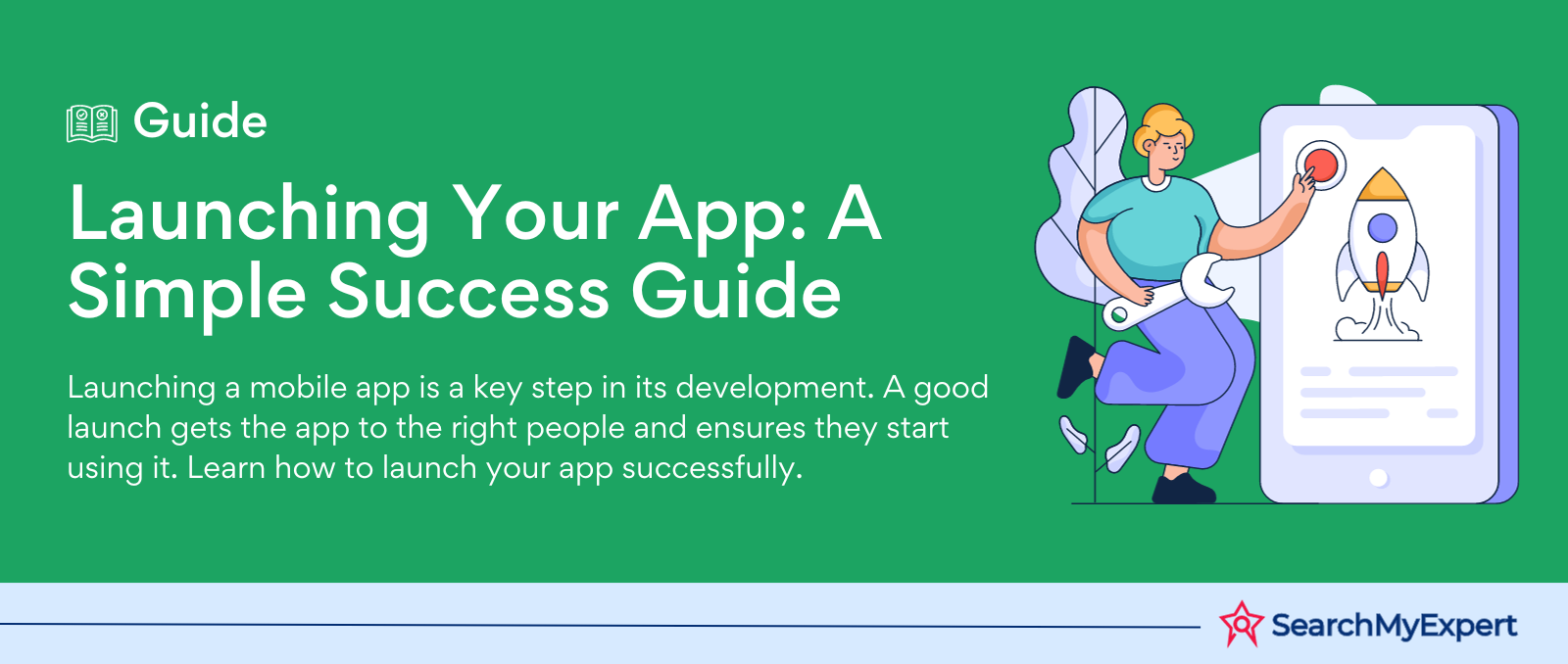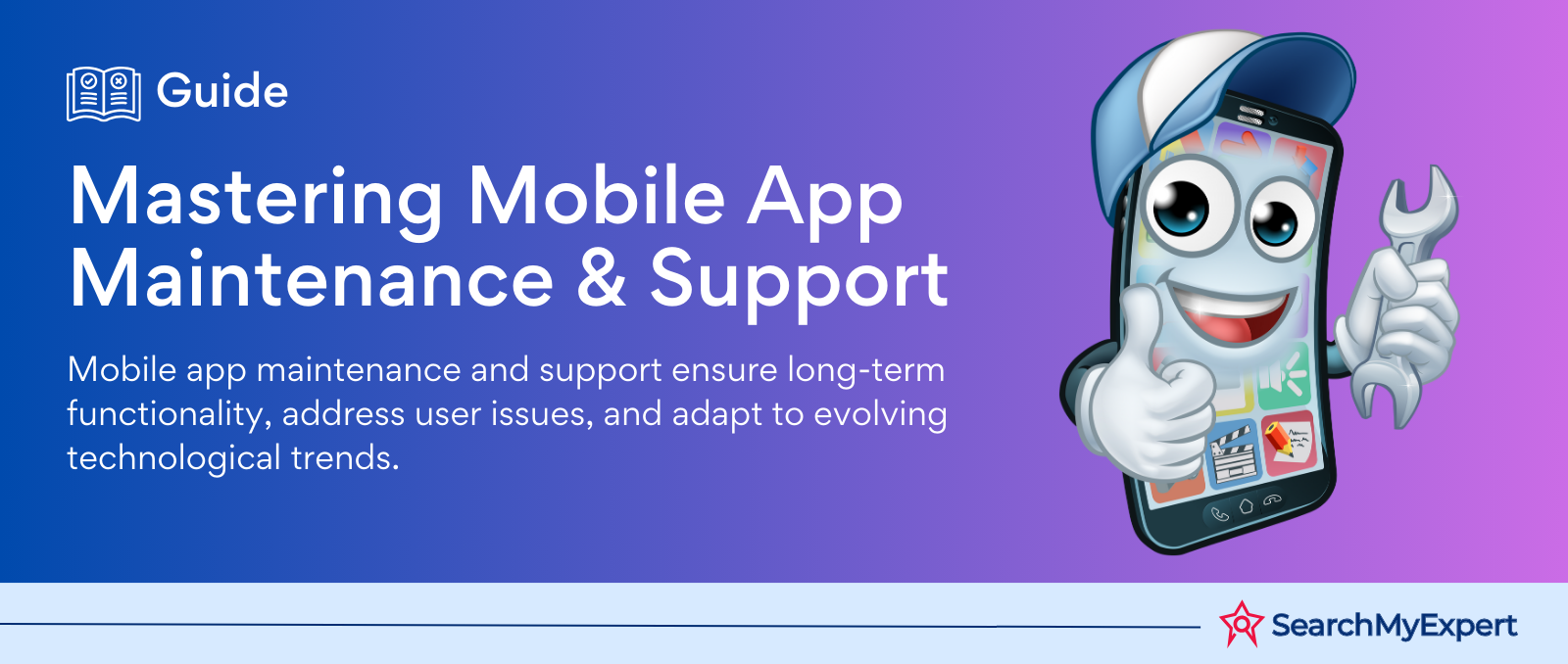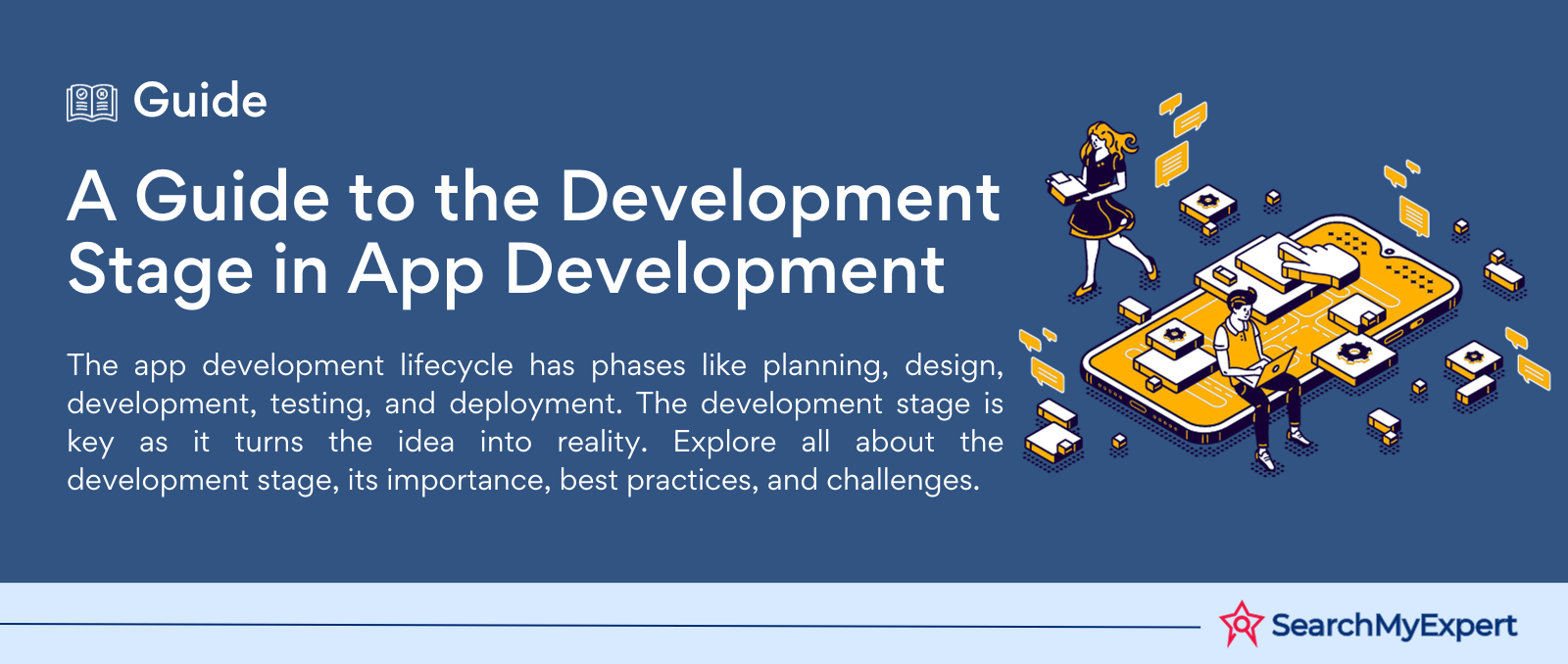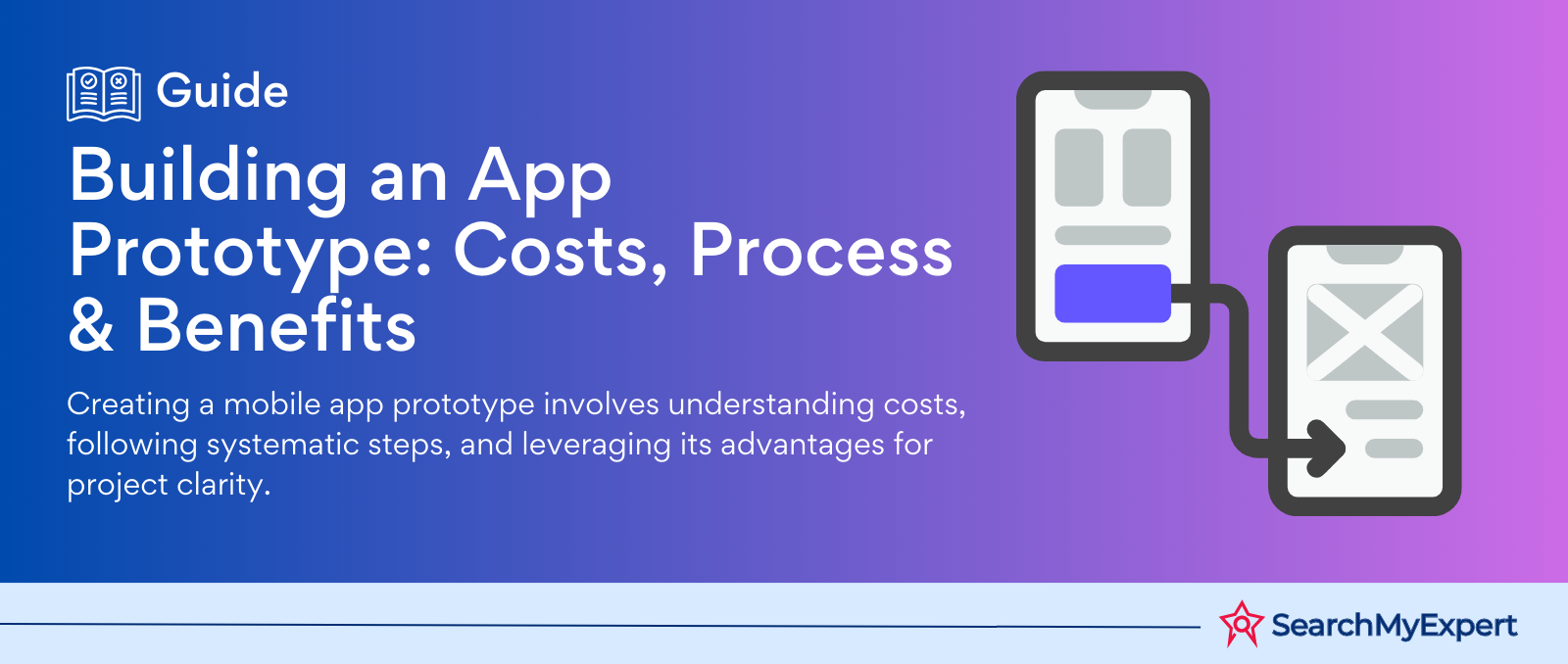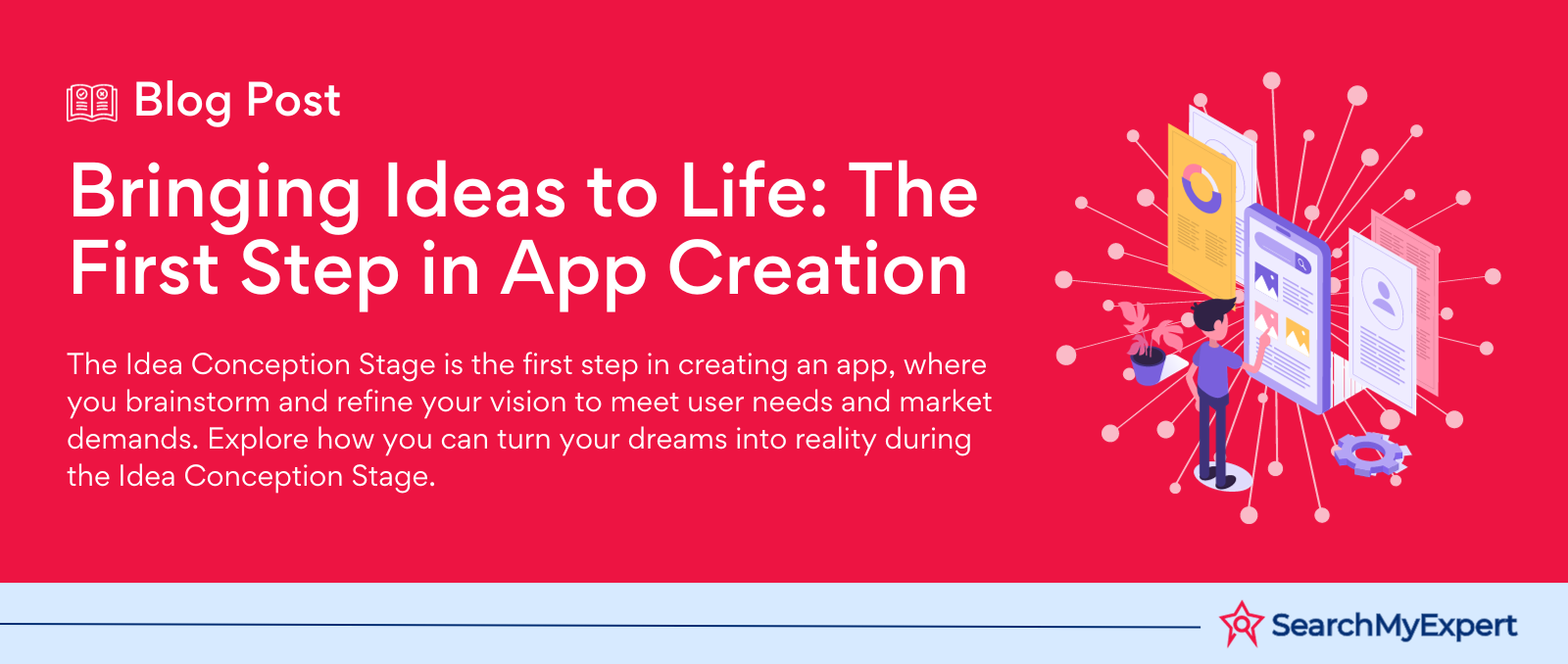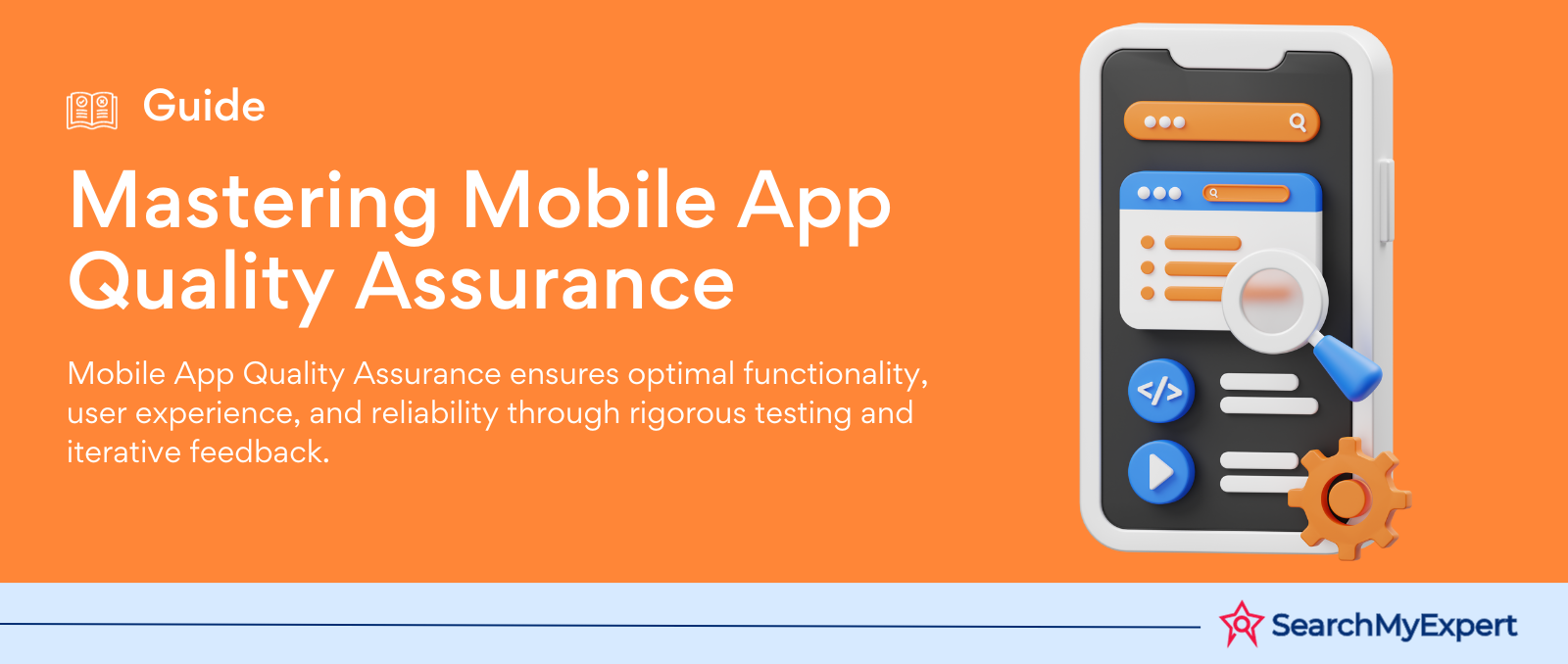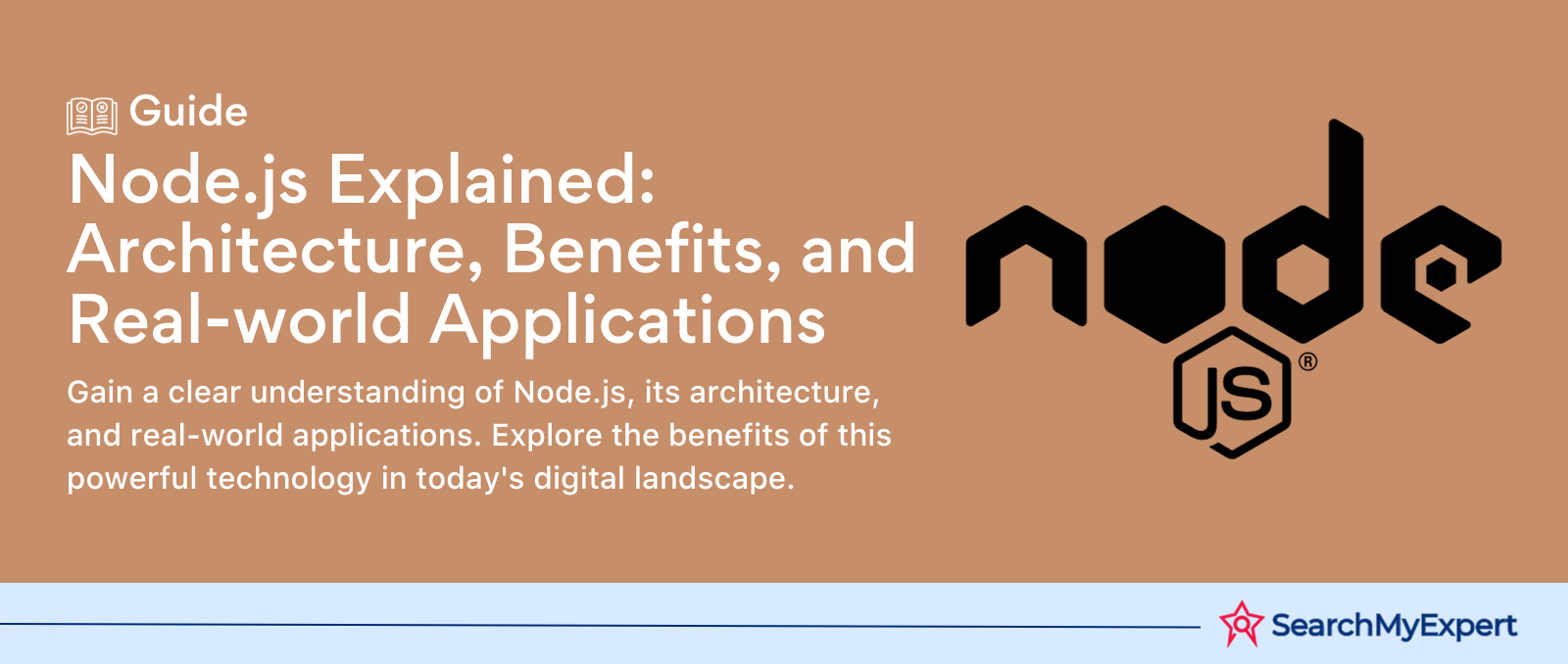Influencer Marketing Mastery: Your Ultimate Expert Guide
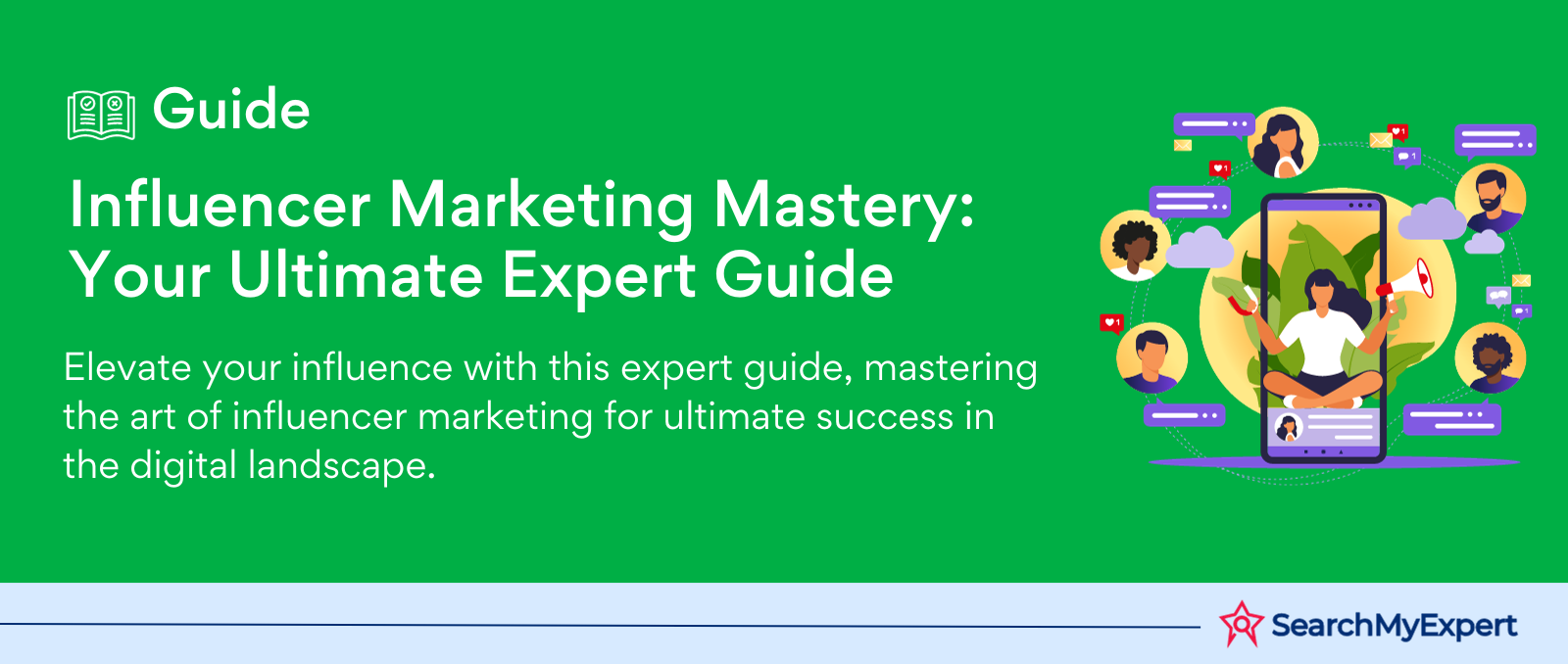
Influencer Marketing
Defining Influencer Marketing in the Realm of Social Media
Influencer marketing is a dynamic and evolving strategy within the digital marketing world. It involves partnering with individuals who have a significant online presence and influence over a specific audience on social media platforms. These influencers can sway the opinions, behaviors, and purchasing decisions of their followers, making them powerful allies for brands looking to expand their reach.
The Surge in Popularity and Effectiveness
The popularity of influencer marketing has skyrocketed in recent years. This surge is not just a passing trend but a reflection of the evolving consumer landscape. Traditional advertising methods are being overshadowed by more personalized and authentic approaches. Influencer marketing thrives in this environment, offering brands a way to connect with consumers through trusted and relatable figures.
Benefits for Brands and Influencers
The benefits of influencer marketing are twofold. For brands, it opens doors to a more engaged and receptive audience. Influencers, with their loyal followings, can introduce products and services to their audience in a way that feels genuine and trustworthy. On the other hand, influencers gain from these partnerships too. They receive compensation, increased visibility, and opportunities to align with brands that resonate with their personal brand and audience preferences.
Understanding the Social Media Landscape
Exploring Various Social Media Platforms
The social media world is diverse, with each platform catering to a unique demographic and style of content. From the visually-driven Instagram to the quick, conversational nature of Twitter, each platform offers different advantages for influencer marketing. Understanding these platforms' nuances is crucial for executing a successful influencer marketing strategy.
Analyzing Strengths and Weaknesses
Each social media platform has its strengths and weaknesses in the context of influencer marketing. Instagram, for example, excels in visual storytelling and engagement but may not be ideal for in-depth content. LinkedIn, while perfect for B2B marketing, might not be the first choice for lifestyle brands. Recognizing these characteristics helps in selecting the right platform for specific marketing objectives.
The Rise of Micro-Influencers
A significant trend in the influencer marketing space is the rise of micro-influencers. These individuals may have smaller followings compared to celebrity influencers, but they often boast higher engagement rates and a more targeted audience. This targeted reach makes micro-influencers highly valuable for brands looking to connect with niche markets or specific demographics.
Identifying Your Brand Goals and Target Audience
Setting Your Brand's Influencer Marketing Objectives
The foundation of any effective influencer marketing strategy lies in clearly defined goals. What does your brand aim to achieve? Are you looking to increase brand awareness, drive sales, or launch a new product? Setting specific, measurable objectives guides you in choosing the right influencers and crafting messages that resonate with your target audience.
Profiling Your Ideal Customer
Understanding your ideal customer is vital. This involves more than just demographics; it's about diving deep into their interests, values, and social media behavior. What platforms do they frequent? What content engages them the most? An accurate customer profile helps in tailoring your influencer marketing strategy to speak directly to those who matter most to your brand.
Aligning Goals and Audience with the Right Platform
The success of influencer marketing largely depends on choosing the right social media platform, one that aligns with both your brand goals and where your target audience is most active. Each platform has its unique audience and content style, and matching this with your brand’s objectives is crucial for impactful results.
Discovering the Perfect Influencers
Understanding Different Types of Influencers
Influencers come in various forms - from celebrities with millions of followers to micro-influencers who cater to niche audiences. Each type has its strengths; celebrities offer vast reach, while micro-influencers often boast higher engagement and trust within specific communities. Understanding these differences is key to identifying the right influencers for your campaign.
The Importance of Authenticity, Engagement, and Brand Fit
The best influencer partnerships are grounded in authenticity. Influencers should resonate with your brand’s values and have a genuine connection with your product or service. Engagement rates are also crucial indicators of how well an influencer can mobilize their audience. Finally, a good brand fit ensures that the influencer’s audience aligns with your target market, maximizing the impact of your campaign.
Tools and Techniques for Identifying Influencers
Locating the right influencers requires a blend of tools and techniques. Social media analytics tools, influencer platforms, and even manual searches through hashtags and keywords can be effective. It’s also important to consider the influencers’ past collaborations, content style, and audience demographics to ensure they align with your brand’s goals and values.
Building Strategic Partnerships with Influencers
Approaching and Engaging with Chosen Influencers
Once you've identified the right influencers, the next step is reaching out and establishing a connection. Personalized communication is key. Tailor your outreach to show that you've done your homework – comment on their content, mention how their audience aligns with your brand, and clearly articulate what you admire about their work.
Negotiating Terms and Campaign Deliverables
Negotiation is a critical phase. Discuss compensation models – whether it’s monetary, product-based, or a mix of both. Be clear about campaign deliverables, including the type of content, frequency of posts, and any specific messaging or hashtags. It’s important to reach an agreement that benefits both the influencer and your brand.
Emphasizing Clear Communication and Collaboration
Clear, open communication lays the foundation for a successful partnership. Establish regular check-ins, be available to answer questions, and be receptive to the influencer’s ideas and feedback. Remember, collaboration is a two-way street – it's about merging your brand's vision with the influencer's creativity.
Crafting Compelling Content that Converts
The Power of Storytelling and Emotional Connection
Effective influencer marketing hinges on storytelling. It’s about creating content that resonates on an emotional level with the audience. Encourage influencers to share personal experiences or narratives that align with your brand, making the promotion feel more authentic and relatable.
Exploring Different Content Formats
The format of the content can significantly impact its effectiveness. Videos, images, live streams – each has its own strengths. Videos can be highly engaging and informative, images are great for quick, visual impact, and live streams can create a sense of immediacy and community. Choosing the right format depends on the campaign goals and the platform's nature.
Balancing Creative Freedom and Brand Messaging
It's essential to strike a balance between giving influencers creative freedom and ensuring the content aligns with your brand messaging. Influencers know their audience best, so allowing them to infuse their personality and style into the content often leads to better engagement. However, it’s also crucial to provide guidelines to maintain brand consistency.
Measuring Success and Optimizing Performance in Influencer Marketing
Defining Key Performance Indicators (KPIs)
A crucial aspect of any influencer marketing campaign is setting Key Performance Indicators (KPIs) that align with your campaign goals. Whether it's engagement rates, reach, conversions, or brand sentiment, these metrics should be defined at the outset. KPIs serve as benchmarks for measuring the effectiveness of your influencer partnerships and guide future strategy adjustments.
Tracking Engagement, Reach, and Conversions
Utilizing analytics tools is essential for tracking the performance of your influencer campaigns. These tools can provide valuable insights into how the audience interacts with the content. Metrics like engagement rates (likes, comments, shares), reach (how many people saw the content), and conversions (actions taken, like purchases or sign-ups) are critical in assessing the impact of your campaigns.
The Role of A/B Testing and Strategy Adaptation
Success in influencer marketing often involves continuous learning and adaptation. A/B testing different elements of your campaigns, such as content formats, posting times, or influencer types, can reveal what resonates best with your target audience. Based on these insights, strategies can be adapted for improved performance.
Learning from data is fundamental. Analyzing both successes and shortcomings provides opportunities to refine your approach, ensuring that future campaigns are more targeted, efficient, and successful.
Conclusion
Influencer marketing stands as a modern-day powerhouse in the realm of digital marketing, blending the reach of social media with the persuasive power of authentic, relatable personalities. From understanding your brand goals to meticulously measuring campaign success, each step in this journey is crucial for harnessing the full potential of influencer partnerships. By identifying the right influencers, crafting resonant content, and leveraging data-driven insights, brands can create meaningful connections with their audience, fostering trust and driving engagement in a way traditional advertising seldom does. As we embrace this era of digital influencers, the key to success lies in authenticity, strategic alignment, and continuous optimization, ensuring that every campaign not only reaches but also resonates with the intended audience.
Collaborate with the best Social Media Marketing Agencies for maximum impact.
share this page if you liked it 😊
Other Related Blogs

Mastering Docker for App Development: A Comprehensive Guide to Benefits, Use-Cases, and Alternatives
STAY UP TO DATE
GET PATH'S LATEST
Receive bi-weekly updates from the SME, and get a heads up on upcoming events.
Contact Us




